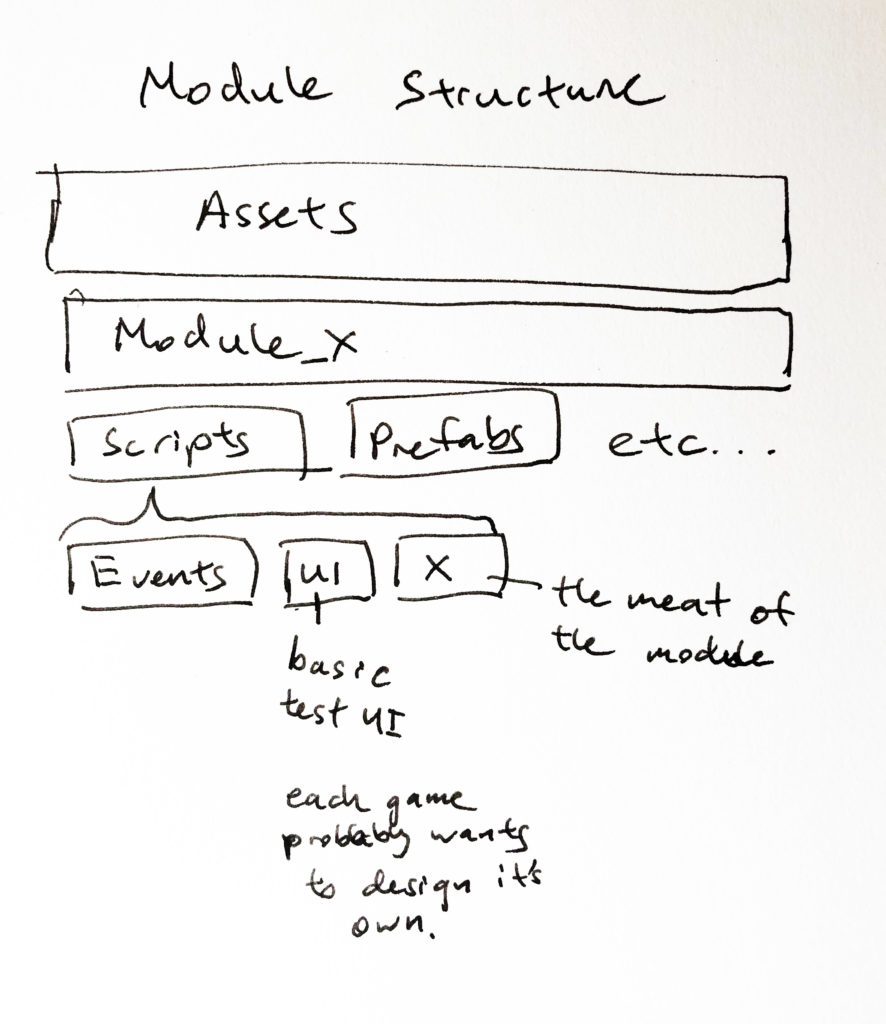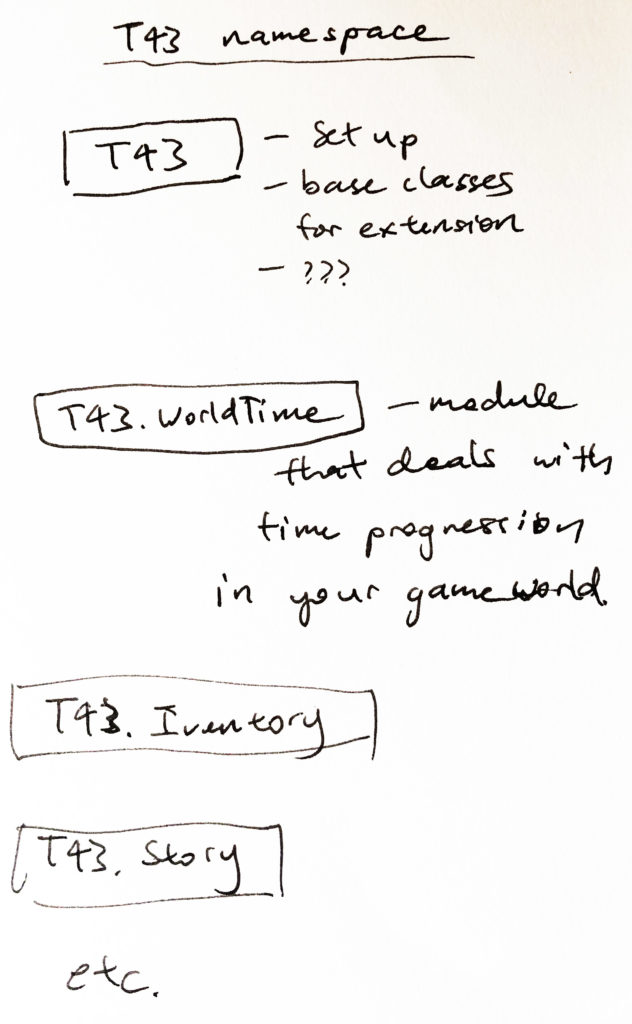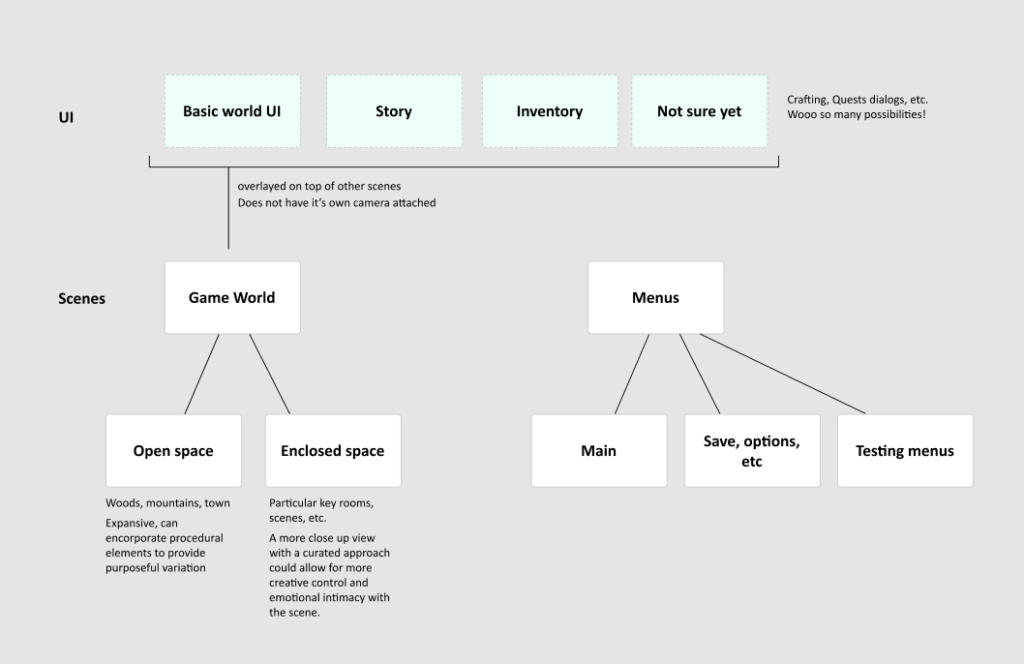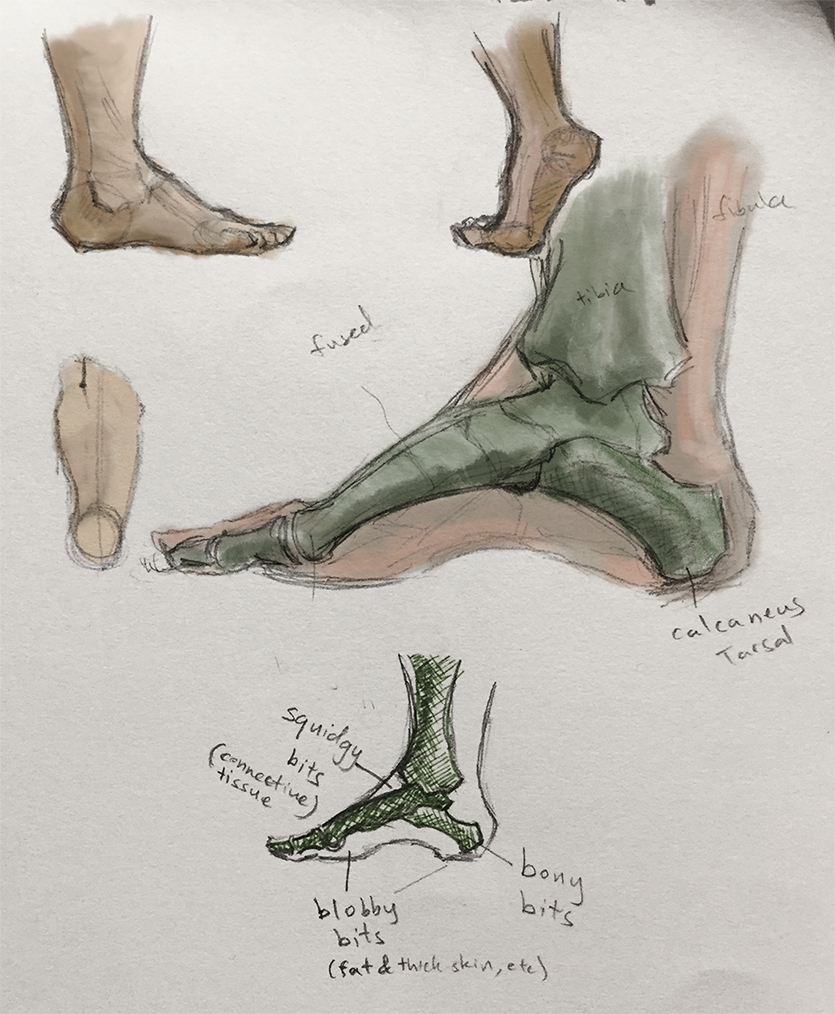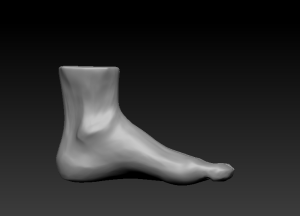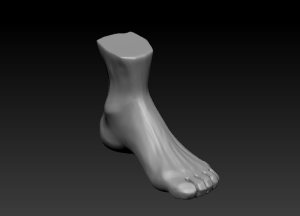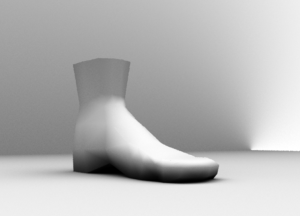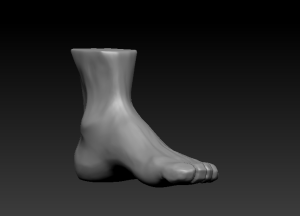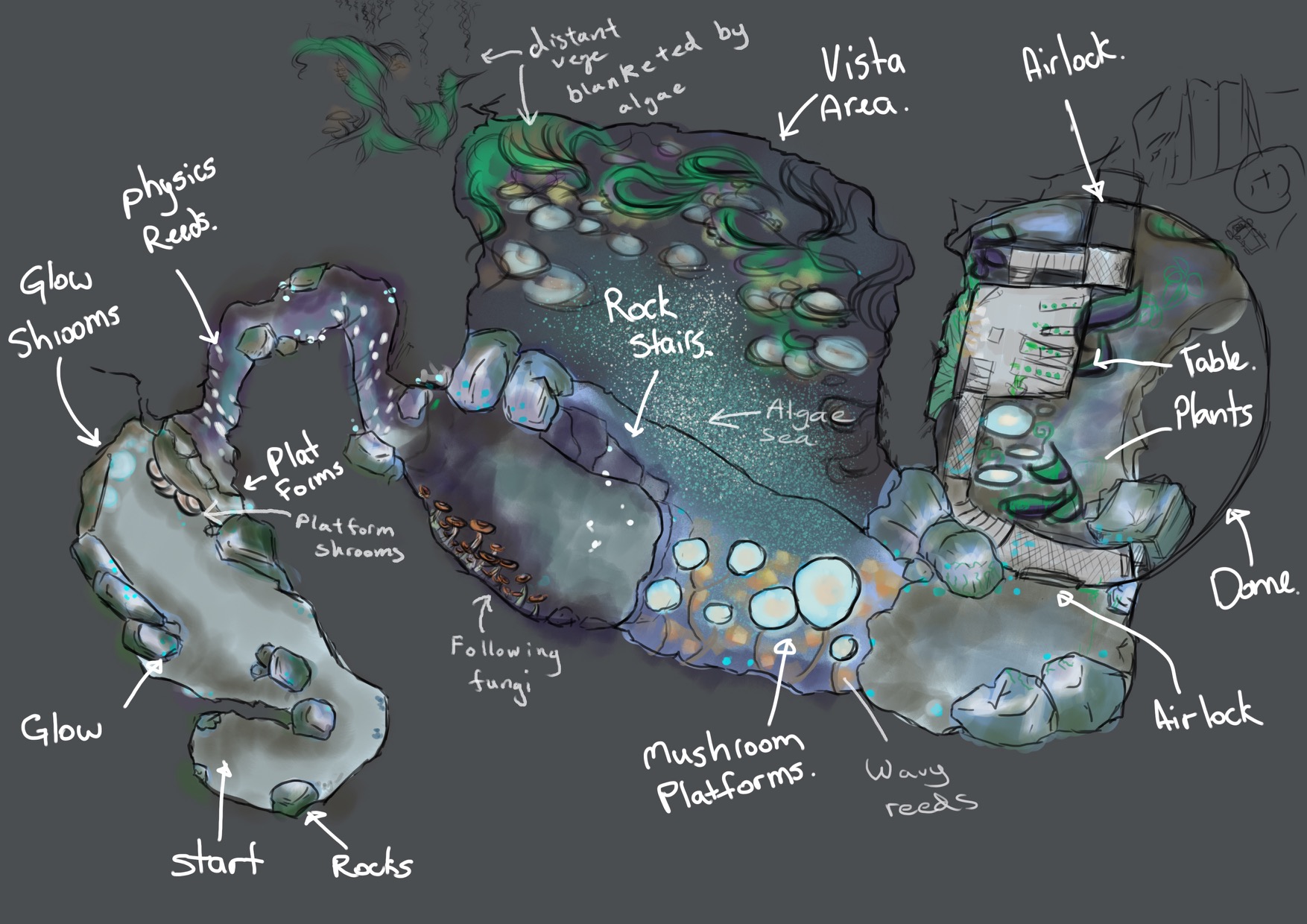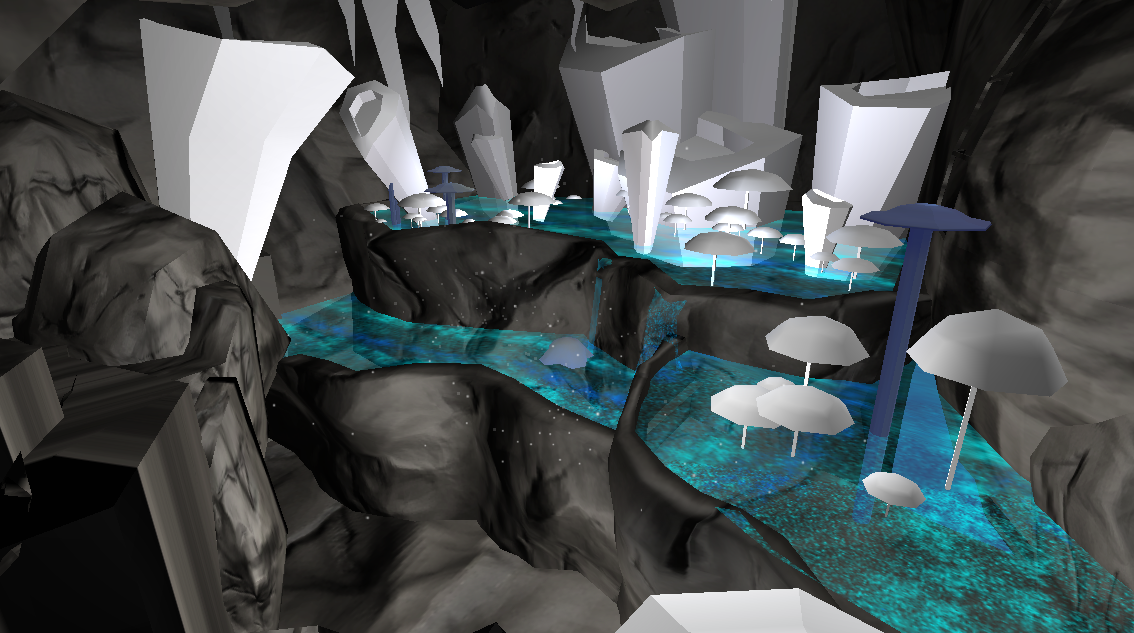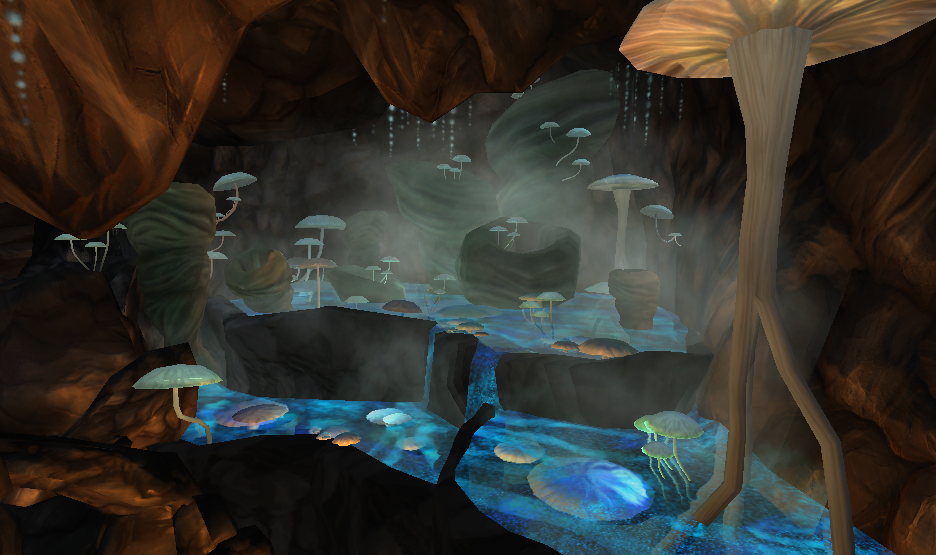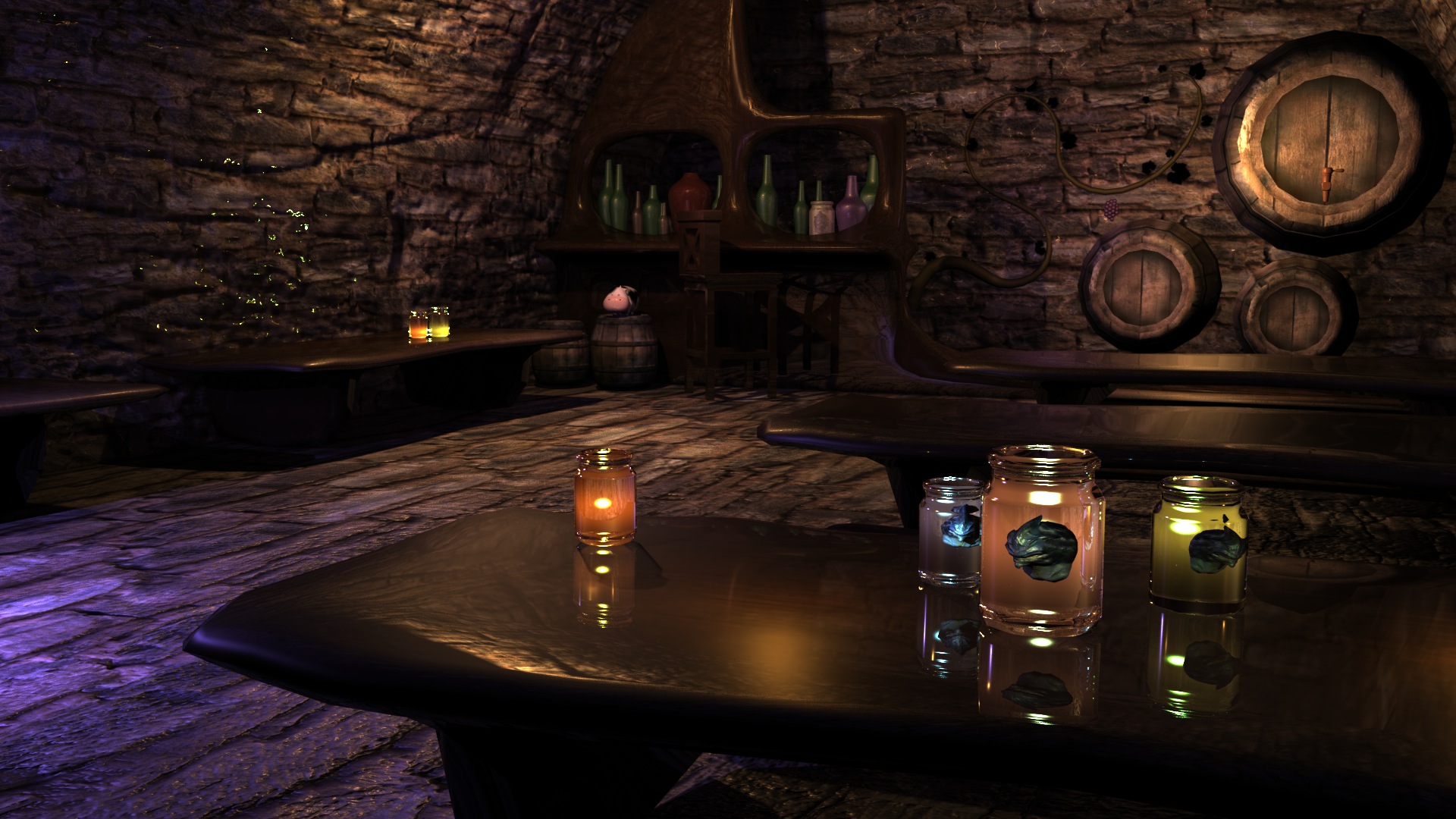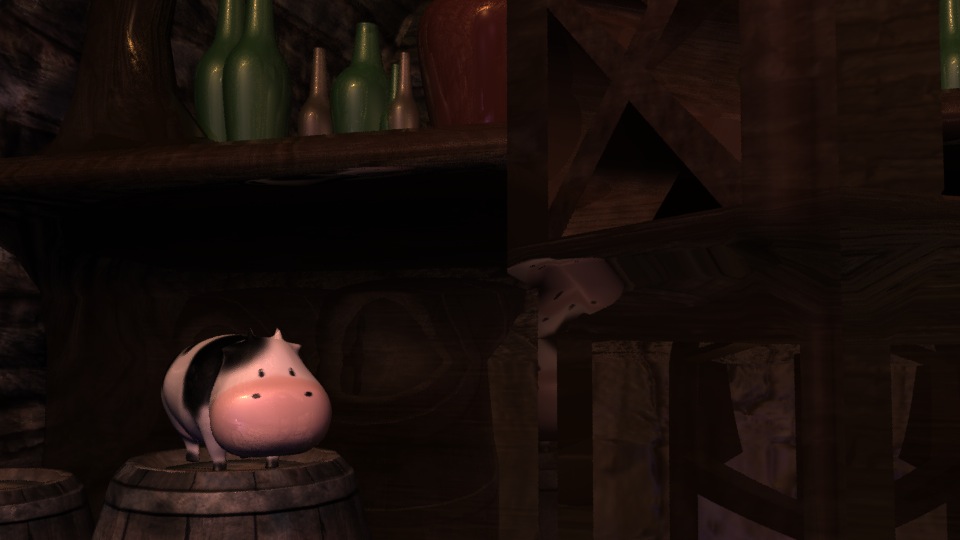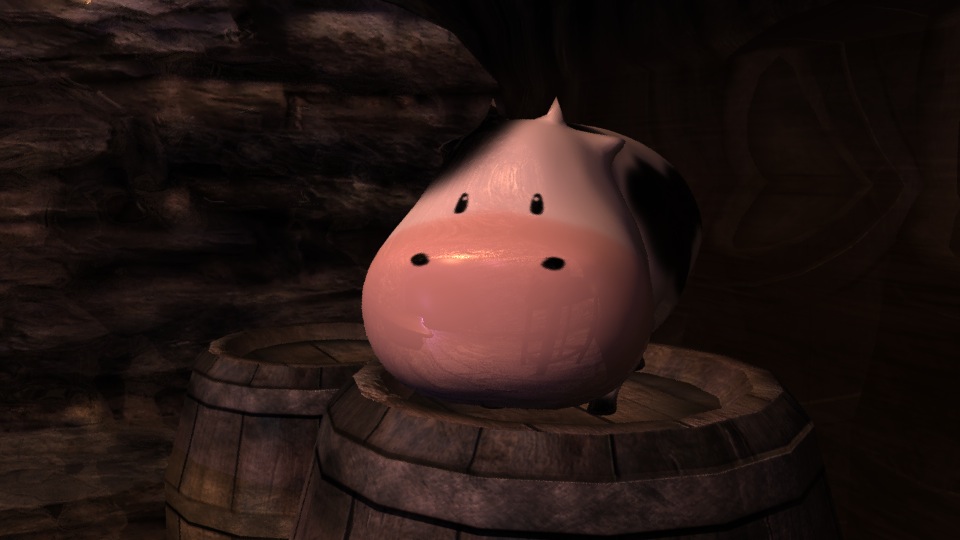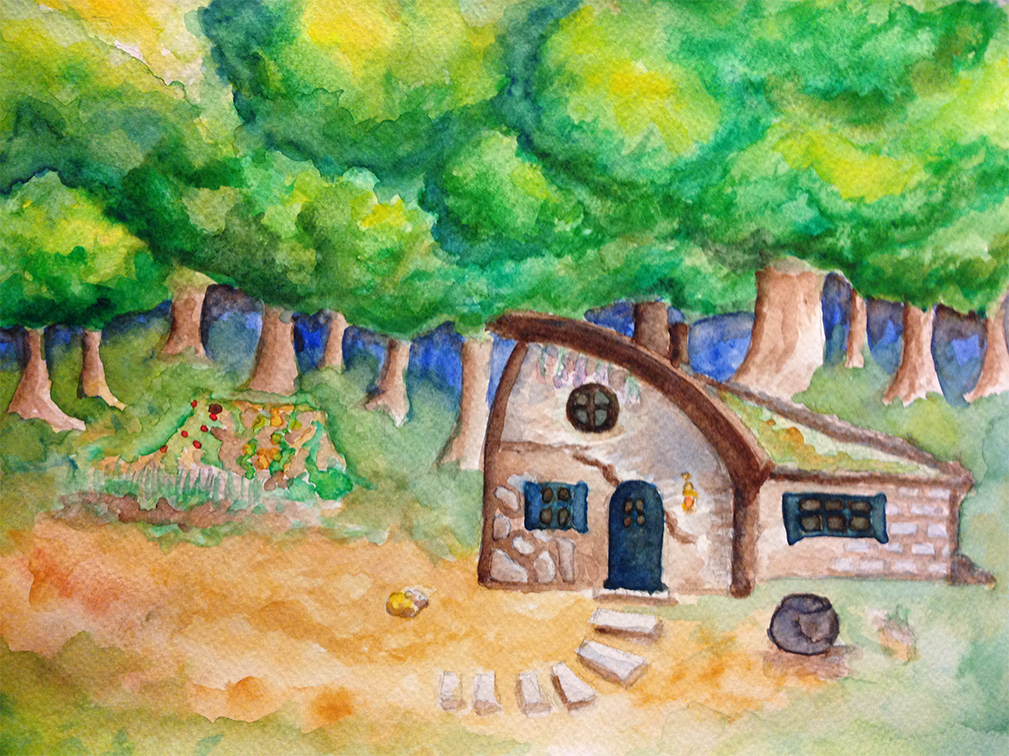Hello guys, this poison post is going to be a shameless plug.
I have been trying to use these poison post deadlines as a motivator for exploring things that are not directly relevant “work”. However, these past few weeks I really have been head-down working on Regency Love with little time for anything else constructive (procrastinating and floundering not counting as constructive!). Since the project has played a really big part in shaping my learning as well as my sleeping patterns this past year, I thought it only fair to tell a short story about it.
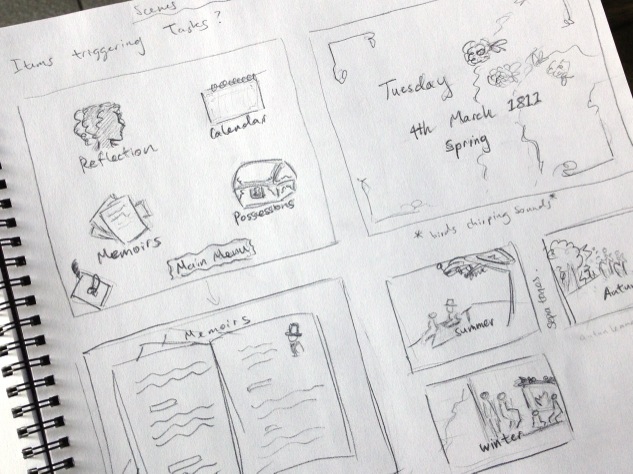
Early regency love concepts
Regency Love is a romance game inspired by the novels of Jane Austen. The project has been incubating, evolving, hibernating and reviving for the better part of two years now. It started off as a hopeful collaboration between a writer, artist and programmer who were obsessed with Dragon Age, not because of the dramatic battle scenarios or nifty tech trees, but because of the romance-able party members. We wanted to make a game with romance at its core.
Period romances have always been popular in movies and TV dramas but never so much in games. We were very taken with the idea of creating an interactive experience, centred around life as a Regency lady, Jane Austen style. We were also somewhat confident that we would have an audience who felt the same.
So, with little experience and a lot of blind determination, we muddled our way through, doing what we could with game design, development and marketing. We’ve actually started to get the hang of some things, like running play-tests. Gathering busy volunteers, getting their feedback in time for next sprint and wading through Apple’s provisioning admin procedures were some of the things we didn’t even know would be hard until we tried to do it. Between TestFlight, Wufoo forms, and a dropbox full of pre-prepared instruction and thank you emails, running our last play test was almost painless.
Still, this is only the beginning. We will be releasing the game in a month or so and I am hoping we won’t loose steam after the initial release for that would be cutting the journey short. After all that research on app store marketing and hoarding of potential PR contacts, we’re finally going to get the chance to try things out for ourselves. It will be interesting to see what works for us. Many of you have been sending me great articles on related games and app store strategies. I really appreciate it, thanks very much for all the leads.
Follow us at Tea For Three Studios if you’re curious. We could certainly do with your support. If you know of anyone who might be interested in this genre of gaming please pass the word on.
